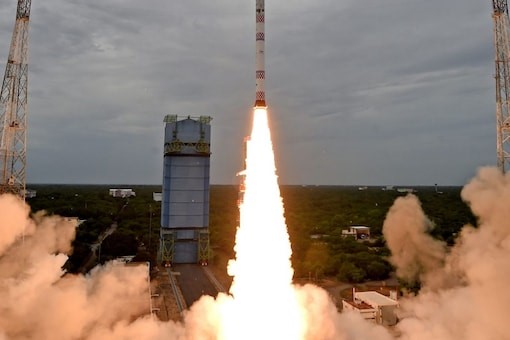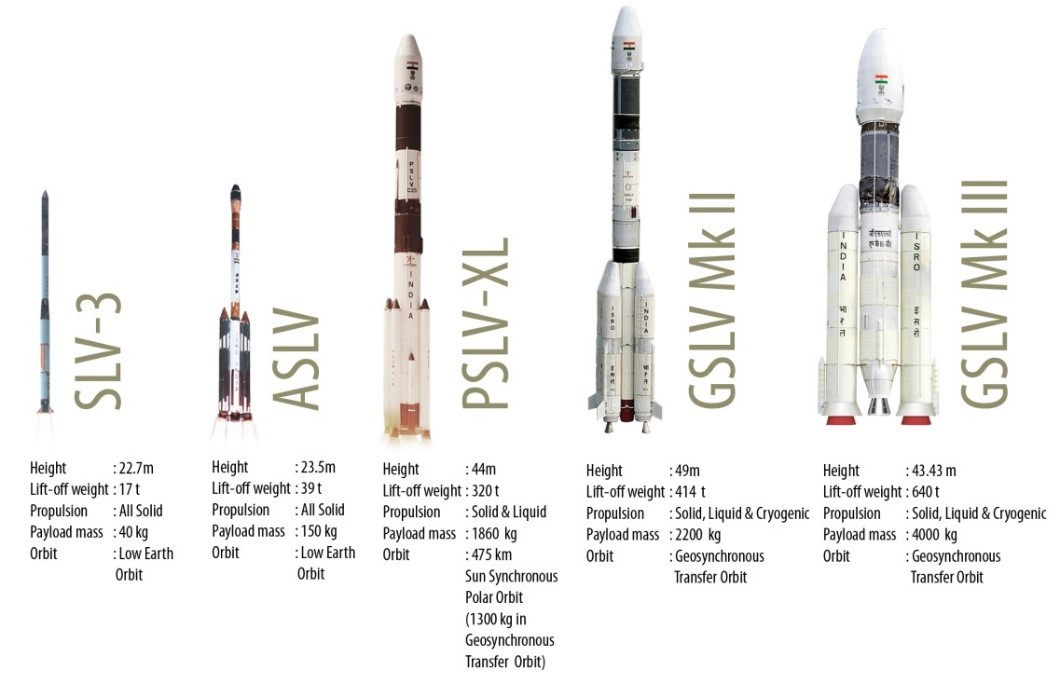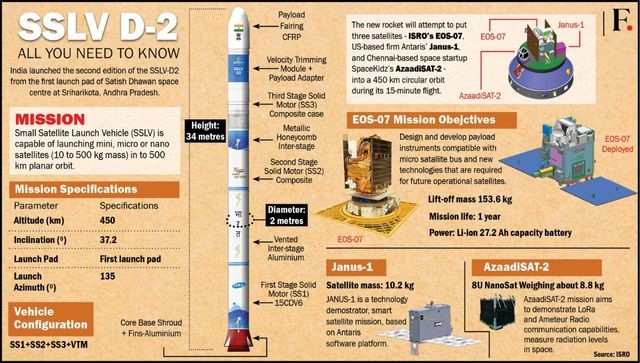Free Courses Sale ends Soon, Get It Now


Free Courses Sale ends Soon, Get It Now



Disclaimer: Copyright infringement not intended.
Context
Launch vehicle
SSLV

Must Read: https://iasgyan.in/daily-current-affairs/small-satellite-launch-vehicle-47
SSLV-D2

Final Thoughts

© 2024 iasgyan. All right reserved